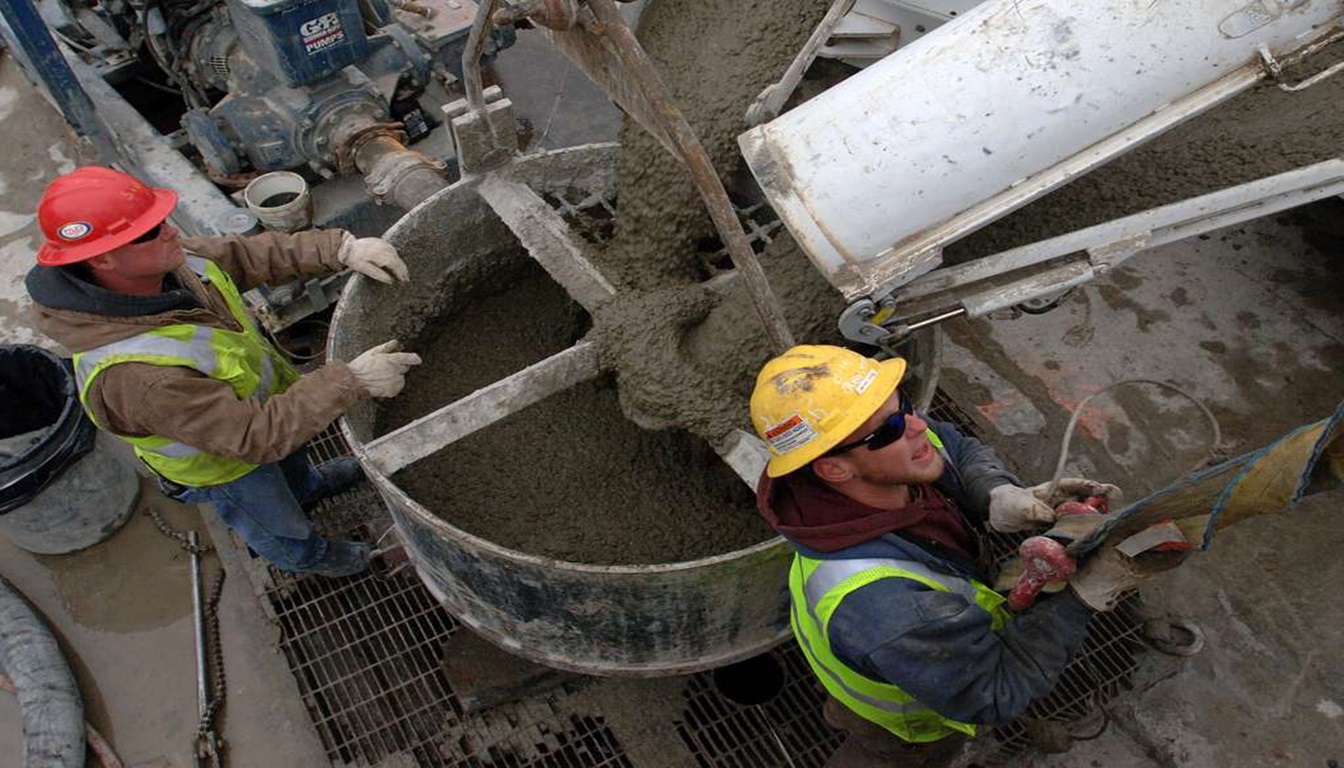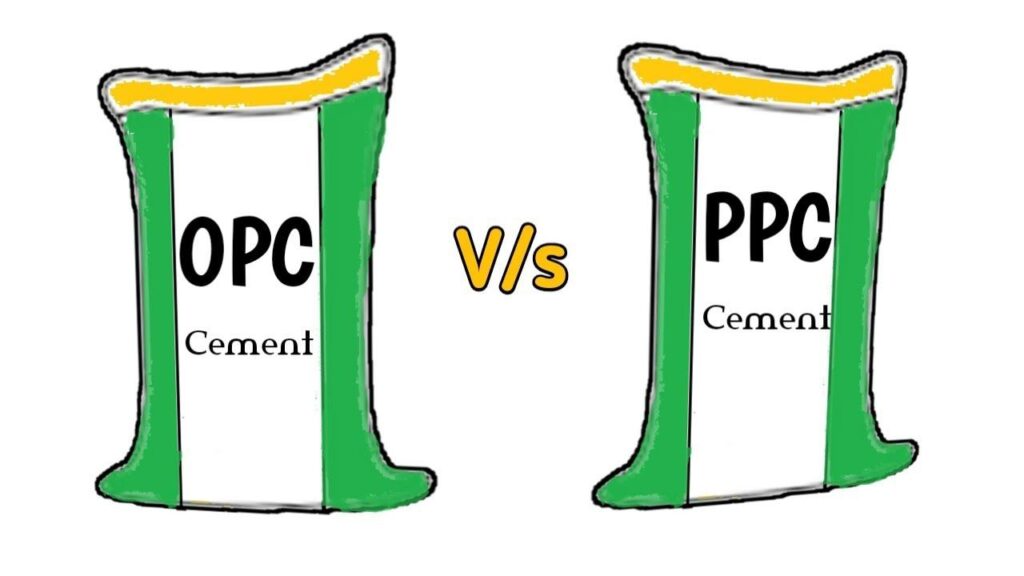Concrete workability plays a vital role in construction as it drives the early hydration process, which ultimately affects the strength and durability of the concrete structure. Understanding concrete workability, its types, and the factors that can affect it is necessary for ensuring the quality and performance of concrete structures.
In this article, we will delve into the concept of concrete workability and discuss the different types of workability, the factors that affect it, and important tests used to measure workability accurately.
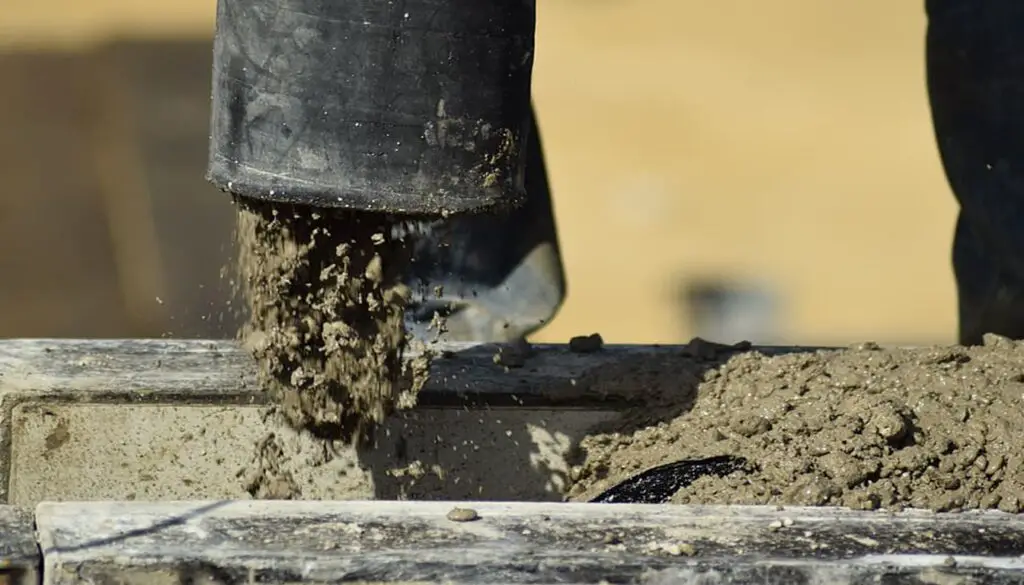

Key Takeaways:
- Concrete workability is essential to attain the desired properties of concrete.
- There are different types of concrete workability – low, medium, and high.
- Several factors can affect the workability of concrete, such as water content, mix proportions, and temperature.
- Five important tests are used to measure concrete workability accurately.
- The relationship between workability and the strength of concrete is crucial in determining the overall durability of the structure.
Explaining Concrete Workability
Concrete workability refers to the ease and homogeneity with which a fresh concrete mixture can be mixed, transported, placed, and consolidated without segregation or bleeding. It is one of the most critical properties of concrete that can affect the quality and performance of structures.
The workability of concrete depends on several factors, such as the water-cement ratio, grading and surface texture of aggregates, use of admixtures and supplementary cementitious materials, time, and temperature. However, workability is primarily characterized by two properties: consistency and cohesiveness.
The consistency of concrete is the degree of wetness or dryness, which defines how easily it can be mixed, transported, and placed. In contrast, cohesiveness is the degree of internal stickiness or resistance to segregation, which defines how well the concrete holds together without separating into its components.
Thus, concrete workability is a balance between consistency and cohesiveness, which must be maintained to achieve the desired performance and durability of structures. The image below illustrates how consistency and cohesiveness impact concrete workability.


“A concrete mix with insufficient workability can result in several issues during construction, such as difficulty in compaction, bleeding, and honeycombing, which can lead to reduced strength, durability, and aesthetics of the structure.”
Types of Workability
Concrete workability can be categorized into three main types: low-workable concrete, medium-workable concrete, and high-workable concrete. Each type is characterized by different properties, which have varying applications in the construction industry.
Low Workable Concrete


Low-workable concrete is a type of concrete that is stiff and difficult to handle. This type of concrete has a low slump value, which means it has a low degree of workability. It requires a large amount of water to make it more workable, which can affect its strength and durability. Low-workable concrete is used in situations where the concrete needs to be highly stable and have low shrinkage. It is commonly used in the construction of dams and bridges.
Medium Workable Concrete
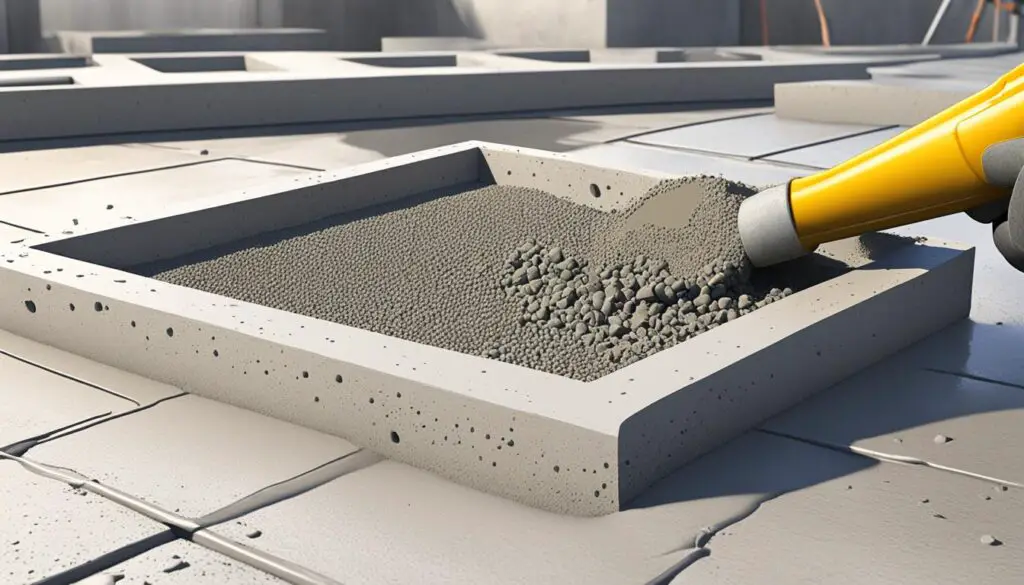

Medium workable concrete has a slump value of around 50 to 100 mm, and it is easier to handle than low-workable concrete. A moderate amount of water is necessary to make this type of concrete workable. Medium workable concrete is used in various applications, such as floor slabs, walls, and precast concrete elements.
High Workable Concrete
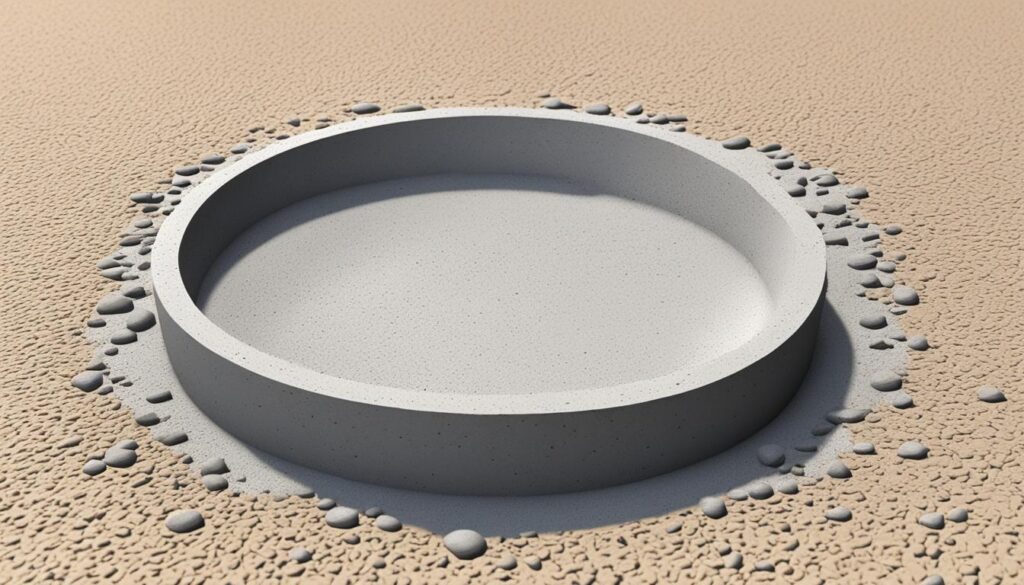

High-workable concrete has a high degree of workability, with a slump value of more than 175 mm. This type of concrete is easy to handle and transport, and it requires a small amount of water. High workability makes it suitable for a wide range of applications, including pouring into complex forms and reducing the need for vibration. High-workable concrete is used in applications such as pumped concrete, heavily reinforced sections, and lightweight concrete.
In conclusion, understanding the different types of concrete workability is crucial in determining the appropriate concrete mix for specific applications. Also, bear in mind that the different types of concrete workability affect the overall performance of the construction project.
Factors Affecting the Workability of Concrete
To achieve the desired workability of concrete, it is important to consider the various factors that can affect it. These include:
- Water content: The amount of water used in the mix can significantly influence the workability of the concrete. Too much or too little water can affect the consistency and cohesiveness of the mixture.
- Mix proportions: The ratio of cement, aggregates, and water can also impact concrete workability. Altering the proportions can help adjust the workability according to the specific requirements of the project.
- Size and shape of aggregates: The size and shape of aggregates used in the mix can affect the workability of concrete. Generally, smaller and more uniform aggregates can improve workability, while larger or irregularly shaped aggregates can reduce it.
- Grading and surface texture of aggregates: The grading and surface texture of aggregates can also influence the workability of concrete. Well-graded and smooth aggregates can enhance workability.
- Use of admixtures and supplementary cementitious materials: Additives like admixtures or supplementary cementitious materials can be used to modify the workability of concrete, depending on project requirements.
- Time: The time between mixing and placing the concrete can impact workability. Longer time can result in a decrease in workability.
- Temperature: Temperature can also affect the workability of concrete. Higher temperatures can decrease workability while lower temperatures can increase it.
By understanding and carefully controlling these factors, it is possible to achieve the desired workability of concrete for any project.


Water Content and its Effects on Concrete Workability
Water content is a critical factor that can significantly affect the workability of concrete. The amount of water required for making concrete is determined by the desired consistency and strength of the final product. Adding too little water can result in a dry mix that may be difficult to work with, while adding too much water can cause the mix to become too wet, leading to segregation and bleeding.
When it comes to concrete workability, an increase in water content can improve the workability of the mixture, making it easier to place, consolidate, and finish. However, too much water can have the opposite effect, reducing the overall strength and durability of the concrete. It can also lead to shrinkage cracks and structural instability.
It is therefore crucial to maintain the right balance of water content in the concrete mix. The slump test is a widely used method for measuring the workability of concrete concerning water content. It involves measuring the consistency and flow of the mix by filling a standard cone with it and then observing the degree of slump or settlement.
| Water Content | Slump Value |
|---|---|
| Low water content | Zero to 25 mm |
| Normal water content | 25 to 50 mm |
| High water content | Above 50 mm |
Table: Relationship between Water Content and Slump Value
The above table shows the relationship between water content and slump value, where the degree of slump increases with the amount of water added to the mix. It is essential to note that different grades of concrete require different slump values.
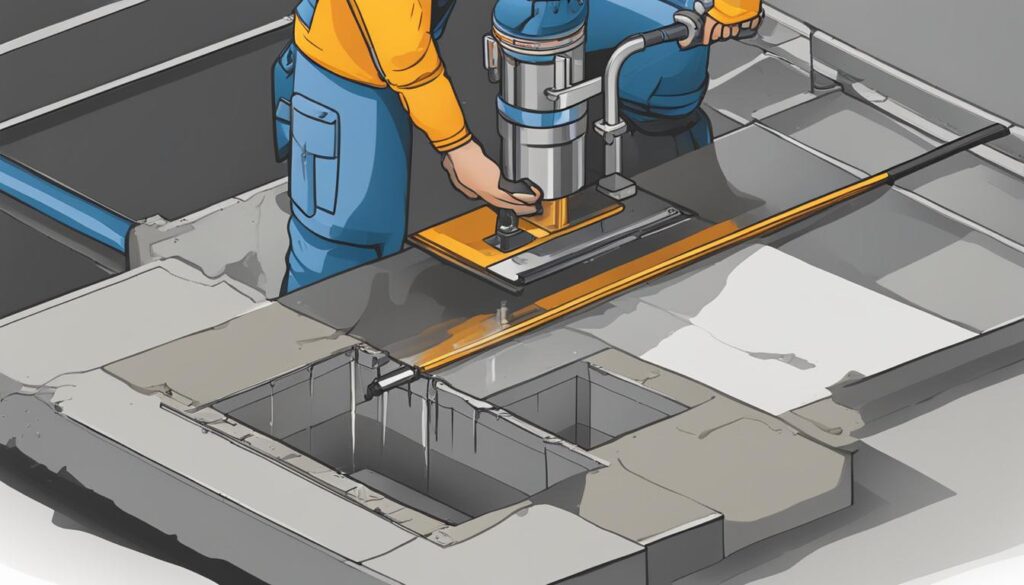

Mix Proportions and Concrete Workability
Adjusting the mix proportions of cement, aggregates, and water is a crucial factor in achieving the right level of concrete workability. Mix proportions directly impact the consistency, cohesiveness, and flow of the concrete mixture. Generally, mix proportions determine the amount of each material needed to create a specific workability level.
For instance, lower cement and higher water content tend to increase workability levels while reducing the overall strength of the concrete. Similarly, increasing the size and amount of aggregates can improve the compactness of the mixture but also reduce its workability.
Therefore, finding the right mix proportions for a particular construction project is crucial to ensure that the concrete can be easily placed, compacted, and finished without compromising its durability or structure.
To demonstrate the relationship between mix proportions and concrete workability, the following table outlines the recommended mix proportions for different levels of workability:
Recommended Mix Proportions for Different Levels of Workability
| Type of Concrete | Cement, Sand, and Aggregate Ratio | Water-Cement Ratio |
|---|---|---|
| Low workable concrete | 1:1.5:3 | 0.40 to 0.55 |
| Medium workable concrete | 1:2:4 | 0.45 to 0.60 |
| High workable concrete | 1:2.5:5 | 0.50 to 0.65 |
Note: The recommended mix proportions can vary depending on several factors such as the size and shape of aggregates, admixture use, and temperature conditions.
Therefore, by understanding the crucial role of mixed proportions in concrete workability, construction professionals can create durable and high-performing structures that meet the project’s requirements.
Size and Shape of Aggregates about Workability
Aggregates are one of the primary components of concrete mixtures. The size and shape of aggregates can significantly impact the workability of the concrete and, ultimately, affect its overall strength and durability.
Larger or irregularly shaped aggregates require more water to produce a consistent mix, which can reduce workability. In contrast, smaller and more uniform aggregates require less water and can improve workability.
In addition to affecting workability, the size and shape of aggregates can also impact the surface texture and finish of concrete structures. Coarse aggregates produce a rougher surface texture, while fine aggregates result in a smoother texture.
Therefore, it is essential to consider the appropriate size and shape of aggregates when designing concrete mixtures to achieve the desired workability and finish.


Example Table
| Aggregate Size | Workability | Surface Texture |
|---|---|---|
| Coarse | Low | Rough |
| Fine | High | Smooth |
“It is essential to consider the size and shape of aggregates when determining the workability and finish of concrete mixtures.”
Grading and Surface Texture of Aggregates and Workability
In addition to the size and shape of aggregates, their grading and surface texture play a critical role in determining the workability of concrete. Grading refers to the distribution of particle sizes in the aggregate mixture, while surface texture refers to the smoothness or roughness of the aggregate’s surface.
Well-graded aggregate mixtures with a balanced distribution of particle sizes can improve the workability of concrete. It allows for better compaction and reduces the need for excess cement, which can hinder the mixture’s workability. On the other hand, poorly graded aggregates with a disproportionate mix of particle sizes can decrease the workability of concrete.
Surface texture has a similar effect on workability. Aggregates with a smoother surface texture tend to be more workable than those with rougher surfaces. This is because smoother aggregates can slide past each other more easily, reducing friction and improving the mix’s overall flowability.
“Well-graded aggregate mixtures with a balanced distribution of particle sizes can improve the workability of concrete.”
By optimizing the grading and surface texture of aggregate mixtures, builders can achieve more workable concrete that is easier to handle, transport, and pour.
Use of Admixtures and Supplementary Cementitious Materials for Workability
Admixtures and supplementary cementitious materials are essential components that contractors and engineers use to enhance the workability of concrete structures. These materials can improve the consistency, durability, strength, and set time of the concrete mixture, making it easier to handle and place.
Several types of admixtures can be used to improve workability, including plasticizers, superplasticizers, accelerators, retarders, and air-entraining agents. Plasticizers and superplasticizers are often used together to achieve optimal results.
“The use of plasticizers and superplasticizers has become increasingly popular, as they can enhance the workability of concrete, even at lower water-cement ratios.”
Supplementary cementitious materials such as fly ash, slag, and silica fume can also be added to concrete to improve workability. These materials are often used as a replacement for Portland cement, and they can reduce the water-cement ratio while maintaining workability.
For instance, fly ash is a commonly used cementitious material that can increase workability and improve resistance to sulfate and alkali-silica reactions. Additionally, it reduces the heat of hydration, thus minimizing cracking and increasing durability over time.
When using admixtures and supplementary cementitious materials, it is essential to follow the recommended dosages and combinations to achieve optimal results.
Time and Temperature: Key Factors Affecting Workability
Time and temperature are critical factors that can impact the workability of concrete. Changes in these factors can affect the setting time, hydration process, and overall workability of the concrete mixture.
With regards to time, the longer the concrete is mixed, the more likely it is to lose workability. This is because the mixing process can cause air entrainment, which can reduce flow. At the same time, once the cement starts to set, the workability quickly reduces, causing difficulties in placement and compaction. Temperature also plays a crucial role in concrete workability. Higher temperatures accelerate the setting time, while lower temperatures slow it down, both of which can affect the concrete’s workability.
In addition, high temperatures can cause the concrete to lose moisture, leading to cracking or surface defects. On the other hand, extremely cold temperatures can cause the water in the mixture to freeze, weaken, and crack the concrete. It is therefore essential to consider the effects of time and temperature on the concrete mixture to maintain the desired workability and achieve a high-quality finished product.


Example of the impact of temperature:
| Temperature | Setting Time | Workability |
|---|---|---|
| 10°C | 10 hours | Good |
| 20°C | 6 hours | Excellent |
| 30°C | 4 hours | Poor |
As shown in the table above, the workability of concrete reduces at higher temperatures. Hence, it is crucial to ensure that the concrete temperature does not exceed the recommended limits during placement and curing.
5 Important Tests for Measuring Workability
Accurately measuring workability is a crucial aspect of concrete mix design, and relies on five significant tests. Each test plays an essential role in gauging the workability of different types of concrete mixes, which helps to ensure that the final product is of the required quality and consistency. The five tests are:
| Test Name | Purpose |
|---|---|
| Slump Test | To measure the flow consistency of concrete |
| Compaction Factor Test | To determine the workability and compaction ability of concrete |
| Vee-Bee Test | To measure the workability of concrete with very low, low, and medium workability |
| Flow Test | To measure the workability of concrete with high workability |
| Kelly Ball Test | To measure the workability of concrete with very high workability |
The slump test is the most commonly used test for measuring workability. It involves filling a standard metal cone with a concrete sample, compacting it, and then lifting the cone to allow the concrete to flow out. The height of the slump is measured, indicating the workability of the concrete. The compaction factor test and vee-bee test also measure the flow consistency of the concrete, but in different ways, while the flow test and Kelly ball test focus on measuring the deformation characteristics of the concrete.
It’s essential to regularly measure workability during concrete construction to ensure quality consistency and adjust mix proportions as necessary. By doing so, you can guarantee that the final product conforms to the required strength and durability standards.


Slump Value for Different Grades of Concrete
Concrete is graded based on its strength and durability, and various grades are used for different construction applications. The slump value for each grade of concrete is a critical factor in determining its workability and ultimately, its quality. Slump value refers to the consistency and flow of the concrete mix and is measured using the slump test.
The required slump value for different grades of concrete varies depending on the specific application and strength requirements. For instance, higher slump values are required for heavily reinforced structures to ensure adequate compaction. On the other hand, lower slump values are suitable for structures that do not require extensive reinforcement.
Table 1 below shows the recommended slump values for different grades of concrete:
| Concrete Grade | Slump Value (mm) |
|---|---|
| M5 | 25-50 |
| M10 | 25-75 |
| M15 | 75-100 |
| M20 | 100-125 |
| M25 | 125-150 |
| M30 | 150-175 |
| M35 | 175-200 |
| M40 | 200-225 |
It is important to note that the slump value should not be exceeded as it can negatively impact the strength and durability of the concrete structure. Concrete with a high slump value can result in a weak and porous structure, while concrete with a low slump value can be challenging to place and compact, leading to voids and honeycombing.
Therefore, it is crucial to maintain the recommended slump value for each grade of concrete to ensure the optimal workability, strength, and durability of the structure being constructed.
Workability vs. Strength of Concrete
Workability and strength are two crucial factors that determine the quality and durability of concrete structures. While workability refers to the ease of placing, compacting, and finishing the concrete mixture, the strength of concrete is its ability to withstand external forces and stresses. Interestingly, the workability of concrete can have a significant impact on its strength and overall performance.
When the concrete mixture is too dry or stiff, it becomes challenging to place, and air pockets or voids may form during the compaction process. This can lead to reduced strength as the concrete loses homogeneity and its ability to withstand external pressures. On the other hand, if the mixture is too wet or soft, it can lead to segregation or bleeding of the mixture, which can weaken the underlying concrete, resulting in reduced strength over the long term.
Therefore, it is essential to strike a balance between workability and strength when designing and constructing concrete structures. The optimal workability and water-cement ratio can help achieve the desired strength and durability of the concrete mixture.
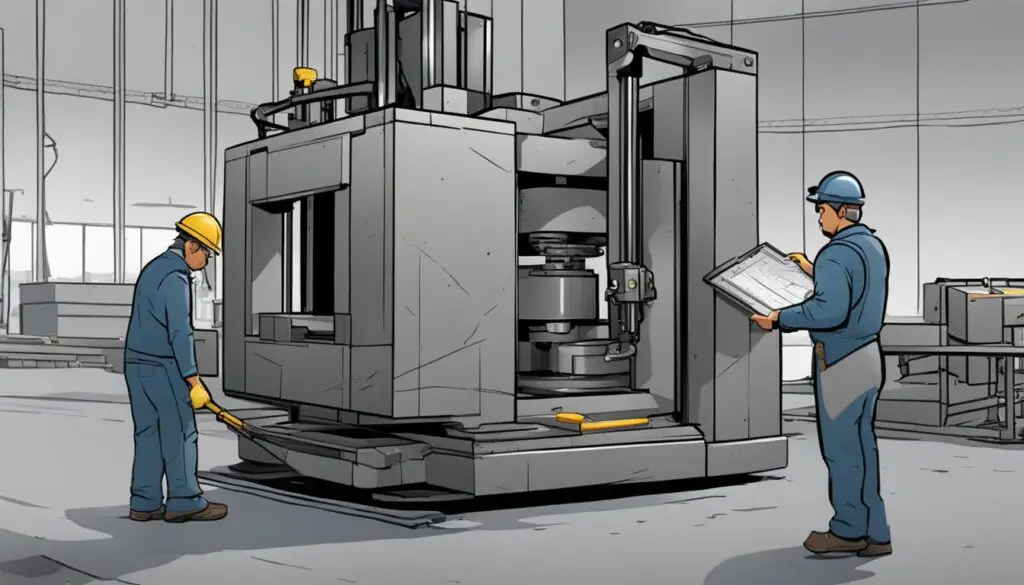

Several tests can be used to measure both the workability and strength of concrete. By accurately measuring workability, builders can adjust the mixture’s proportions to ensure the final product has the necessary strength and long-term durability.
Example Conclusion
In conclusion, the relationship between workability and strength is complex and multi-faceted. Factors such as water content, aggregate size and shape, and mix proportions all play a crucial role in affecting both the workability and strength of concrete. By understanding and appropriately managing these factors, builders can produce concrete structures that are strong, durable and have optimal workability for their intended use.
Conclusion:
Understanding workability is crucial for any construction project involving concrete. It impacts the quality, strength, and durability of the final product. Through this article, we have discussed the types of workability, the factors that affect it, and the tests used to measure it accurately.
Water content, mix proportions, size and shape of aggregates, grading and surface texture of aggregates, use of admixtures and supplementary cementitious materials, time, and temperature are some of the critical factors that can influence workability. By controlling these factors, constructors can ensure that their concrete is of the desired consistency and cohesiveness.
Additionally, we have explored the relationship between workability and strength, as well as the significance of slump value for different grades of concrete. By understanding these concepts, constructors can achieve the desired strength and other structural properties for their concrete structures.
In conclusion, proper understanding and management of workability are necessary for ensuring that concrete structures are strong, durable, and long-lasting. Constructors must prioritize workability in every stage of their construction project, from the selection of materials to the final finishing touches. The accurate measurement of workability through the use of tests such as the slump test, compaction factor test, vee-bee test, flow test, and Kelly ball test is essential for achieving these goals.
Good Bye & Take Care
Happy Learning
Also, Read,

